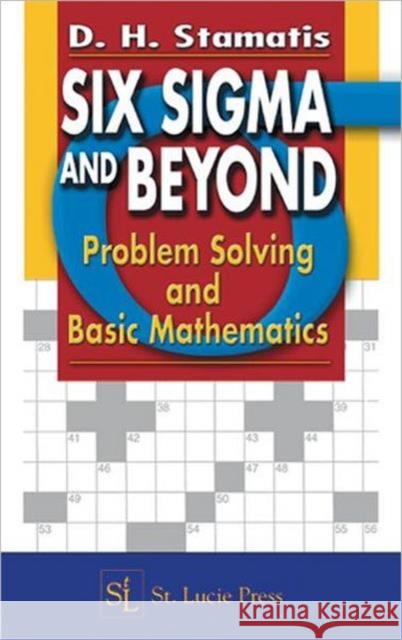Six SIGMA and Beyond: Problem Solving and Basic Mathematics, Volume II » książka
Six SIGMA and Beyond: Problem Solving and Basic Mathematics, Volume II
ISBN-13: 9781574443103 / Angielski / Twarda / 2001 / 416 str.
In all walks of life, at some point in time, we all use the process of problem solving. We all talk about it, we all use it, but chances are we all mean different things by it. Six Sigma and Beyond: Problem Solving and Basic Mathematics organizes the topic and provides a structured approach based on the scientific method. Specifically designed to address the issue of cognitive functioning this volume provides a generic approach to problem solving.
The Six Sigma methodology demands that problems be resolved in such a way that both the customer and organization benefit. Not a bad expectation. In this book, the author addresses what a problem is and systematically defines the process of resolving it. He stresses the importance of the team - people power - dedicated to solving a specific problem - process power - and how this combination leads to efficiencies that please the customer and enhance the bottom line.
Identifying the problem is only half the task. The next step is to resolve it. This book gives you a detailed rationale and a theoretical explanation of the problem solving process. It focuses on problem solving from a quality perspective and addresses key concepts in team dynamics. It provides an overview of the basic tools of problem solving. In addition, the author introduces the Global Problem Solving (GPS) process.
This strategic program brings the focus of quality programs back to eliminating mistakes, waste, and rework. The book highlights the basic mathematics used in all phases of quality control. It introduces each mathematical concept, gives an example, and proceeds with several exercises that demonstrate the solution. With Six Sigma and Beyond: Problem Solving and Basic Mathematics you get the techniques and statistical tools to go beyond theory to real-world applications and take quality management to the next level.











